Steen’s and Alford, SE Oregon
After many days of rain and wind, we were just loving our cozy Howie, and we increased considerably our skills at doing nothing, kicking back, taking ambling walks, and simply enjoying the be of being. But after a time, the weather subsided and warmed. The days beckoned, and we partook.
The wildlife in the area is diverse, but skittish. Long telephoto is the rule, and I’ve vowed to buy a “serious” lens for my Nikon V2 after returning home – – the VR70-300. On the small CX format this is equivalent to a normal 190-800 lens. Should be fun. In the meantime, I’m using a combination of optical and digital zoom to snap a few glimpses of the local citizens.
Karin managed to get pretty close to the pelican gang – – –
– – – but when I moved in for some close-ups, they got nervous and split. However, I did get a nice airshow for a few seconds – – –
– – – including a great view of one of the breeding-season beak growths.
The egrets were fishing around the shore, but they don’t socialize with the pelicans. Or even with each other all that much.
And this pretty little guy is an American avocet.
One of the few critters I could approach closely – – actually, at macro range (about 12 inches), and even then he was moving along quite briskly. I have not been able to identify this guy in any of several web sites. It’s not a stink beetle. It’s about 1+ inch long – – if you know its name, please note it in Comments.
Mallards occasionally zipped by, along with the lightning-fast terns darting about. The terns were the only birds we saw actually catching fish – – but I have to believe the others were successful, or they wouldn’t be working so diligently along the lake shore all day long.
Finally, after several days’ listening to Ralph’s incessant whining, we fired him up and drove south into the Alvord desert area. Alvord Lake still had a thin film of water on/in it, and it mirrored the distant lava flows nicely. With all the recent rains, the desert is greened up considerably, and making use of the rare moisture. In a few weeks, this will all be sere and beige/brown. Desert playas like this one will get watery, wet and muddy during the winter and spring, and then gradually dry to “hard pan” by mid-summer. Throughout the wetting and drying process, different areas of the lake bed will have very different consistencies.
West of the lake, there is a natural hot spring (volcanically heated water), and a tiny commercial enterprise is plopped down near the edge of the playa.
The hot spring waters course through barely-sloped mud banks and specially-adapted grasses, on the way toward the lake.
Totally natural hot springs are rarely suitable for comfortable bathing. They’re usually too hot, or not hot enough; they’re surrounded by rocky/grassy/muddy shores, and have truly yucky algae/mud/silt bottoms that can be very difficult to clean off feet and toes. At Alvord Hot Springs, the natural waters have been guided into tidy bathing pools, so you can have the experience without the discomfort. A day’s soaking pass is $5 per person. As with all mineral baths, some folks think it’s a healing experience because the body absorbs nutrients, some think it’s some kind of spiritual connection, and some just like to soak in a hot bath under the open sky.
Alvord Hot Springs also has bought up some old military equipment trailers and converted them into cozy little bungalows. If you don’t have an RV, you can stay out in the desert while you enjoy the hot springs, the open country, and the soothing peace and quiet.
But we were out to explore for the day, so we left the hot springs behind (sans participation) and took Ralph out onto the playa.
In May, the outer areas were dry enough (but not the center). We enjoyed the contrast between the huge flat lake bed and the towering Steen’s peaks in the background.
Here’s the edge of where the lake has NOT dried out yet. You can drive on this – – but only for a little while, and only if you don’t mind: a.) getting stuck fast without realizing it, and b.) cleaning the peanut-butter-epoxy gunk off of every chassis nook and cranny for the next six months. We gave it a bypass. Ralph was grateful.
About two miles north of the hot springs is a turn-off to the west up Pike Creek Canyon. The canyon is on BLM land, but the access to it is on private land. People were historically (generously) allowed access, but (you guessed it), they screwed up the place with trash. However, instead of closing access, the land-owner decided to simply charge fees to help defray the cleanup costs. At the time of our visit, a day pass was only $5, but overnight camping was a whopping $30. We were told they expect to drop the camp fee after they install some pit toilets, which does make sense. We still had Howie parked at Mann Lake, so it didn’t matter to us this time. Also, the access road is narrow and rocky, right at (or beyond) Howie’s limits. So I don’t know if we’ll ever stay there.
But a day-trip visit was all that we wanted that day, so we drove Ralph up the access road toward the canyon and hiking trail.
At the camping/parking area, there was this very cool tree (juniper?) growing straight out of a house-sized rock. We are always amazed at the tenacity of plants in seemingly impossible places.
After a few false searches, we crossed the creek and found the trail head. This marker is the only signage in the area, and it’s across the brushy creek from the camping sites.
The trail climbs quickly above creek level, for a nice back view of the desert and lake.
A half-mile further up the trail, the walls of the canyon begin to close off the view of the desert below – – –
– – – and give enticing hints of the higher terrain above. The creek was running well, with recent signs of overflow, and the resulting riparian environment was richly green and enjoying this wet time of year. Cottonwoods – – those grand announcements of moisture in the desert – – were about 60-80 feet tall and very healthy.
We had started in the early afternoon, so we didn’t have the time for a full-day hike. But we were able to trek about half-way up the creek, around 800 feet of climb.
You can tell by the topographic contours how steep the canyon is, and there were occasional caves, cliffs, talus slopes, and all kinds of variations in between.
We’d often see or walk by huge boulders fallen from the heights above us – – we would always wonder what it might be like to be nearby during “the event”. Beautiful, impressive, fun, and scary.
Later in the week, we took another foray south down 201, past the Alvord Hot Springs area and all the way to the tiny town of Fields. On the way, the hot flat playa showed us the cute physics of vortex winds with this towering dust-devil.
Situated at the junction between 201, 202, and 205, Fields couldn’t have any more than 20-30 population, but it did have gas and we topped off Ralph. We then explored a little more eastward along Whitehorse Road. This is a well-graded (albeit with a bit of washboard) ranch road, which eventually goes all the way 40 miles east to US95. But here, it runs alongside Trout Creek, through a patchwork of private ranch land and wide-open BLM land.
Trout Creek’s green swath created a stark contrast with the surrounding desert.
Even after decades of desert travel, I’m always charmed by a waterfall in the midst of the vast dry expanses.
This nice ranch house was abandoned and boarded up. The roof seemed new, and we couldn’t tell why it wasn’t occupied. Some places work out and some don’t I guess.
We only drove about 15 miles out the Whitehorse Road, just enough to get the scheme of things in that area. Then we headed back toward “home” – – Howie and Mann Lake. As we drove north again on 201, the lower afternoon sun had cooled off the playa. No dust devils, just a clear sky and the big dry lake.
Uh-Oh – – – On the way back to camp, Ralph’s engine started to hesitate, a slight miss at 55-60mph. Still completely drivable, but not a good sign.
Next day we planned a trip out toward the towns of Rome and Arock. These tiny settlements are north of an area where different rivers cut through the lava flows, creating some fine canyons. One spot is called Three Forks, and is the confluence of the Owyhee River and its North and Middle forks.
SAD STORY
Alas, our exploration was not to be. Ralph’s miss got worse and worse until finally, cylinder #6 was simply not running at all. I made all the usual checks for spark and gas, but there’s a limit to what can be done with a small emergency tool kit. Long story short, our primary exploration vehicle is essentially non-op. Ralph can be driven, but only for short distances, and with a lot of vibration. Also, not knowing what the problem is, we don’t want to make it worse.
No, that’s not Ralph’s picture, but he does feel like that.
This of course changes our entire plan, because just camping out next to Howie, with no other ground transportation, is not a great way to explore any area. With warm weather only a couple of weeks away (and our return home), we will probably cut our trip short and take Ralph back home to his family doctor.
Too bad, we were really looking forward to seeing more of this empty, wild land. Next time.
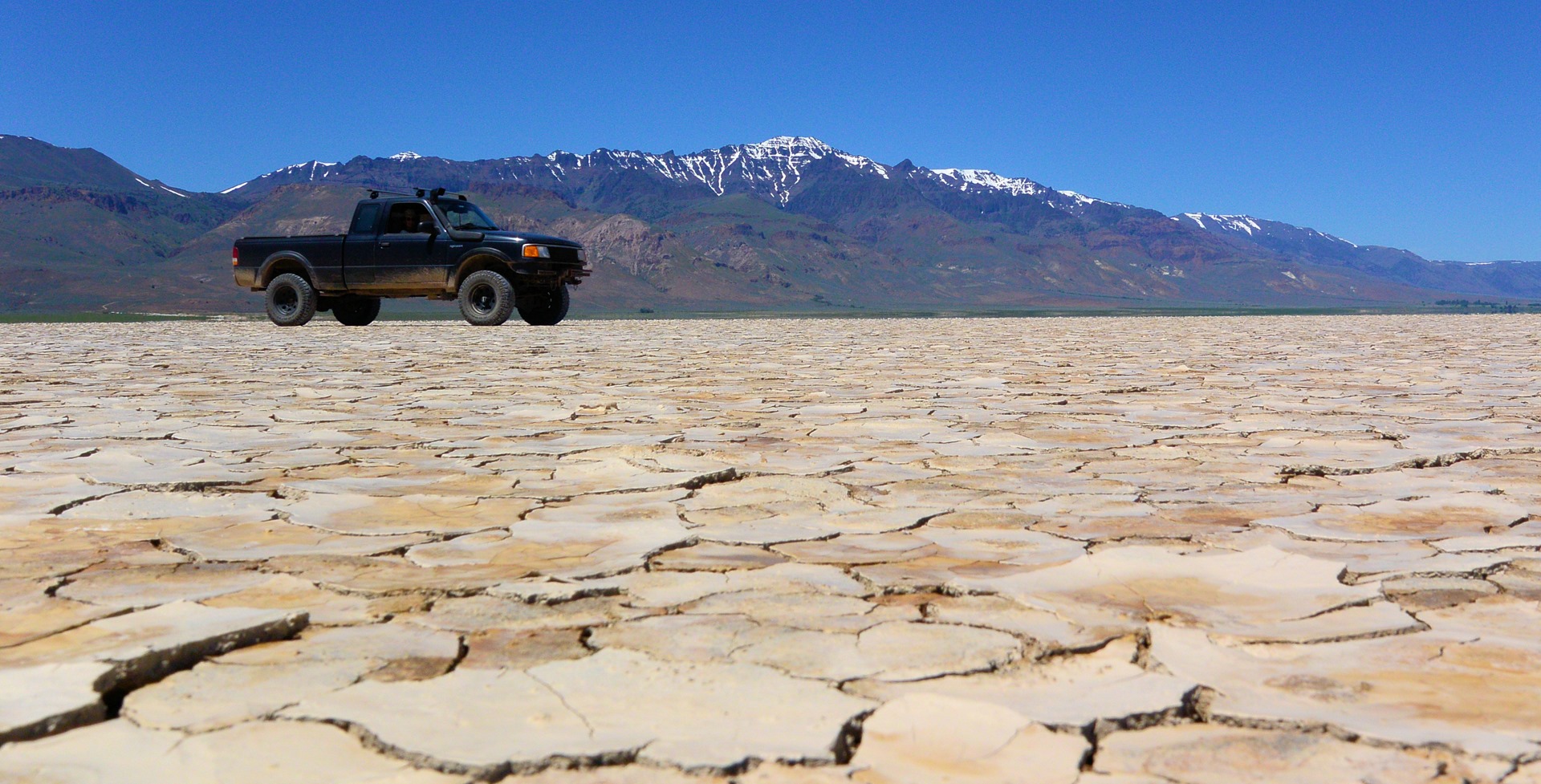
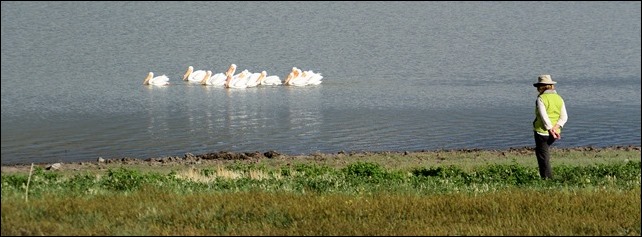
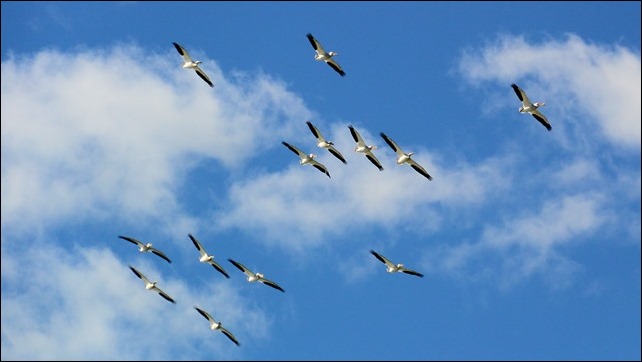
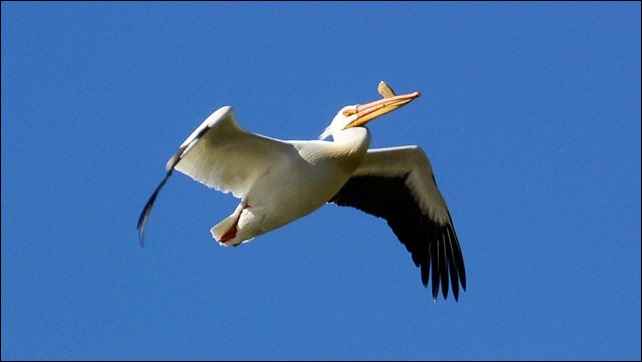
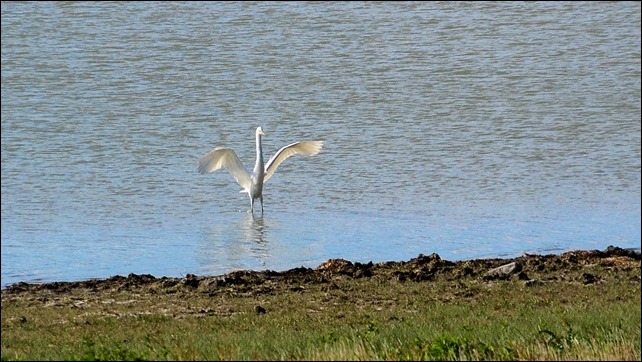
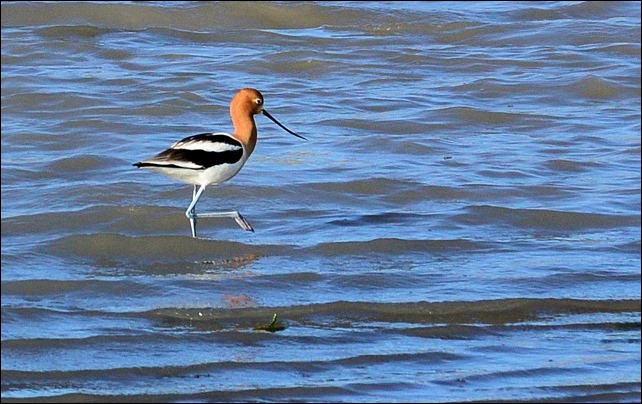
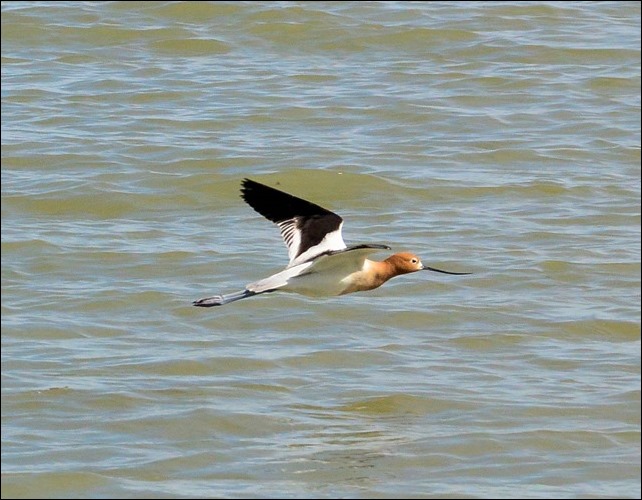
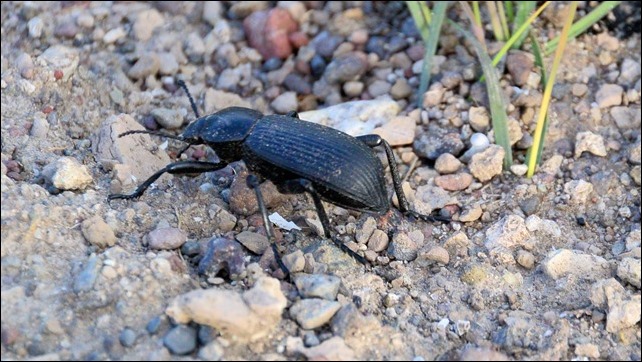
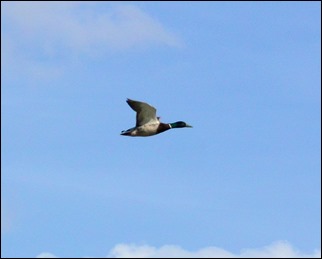
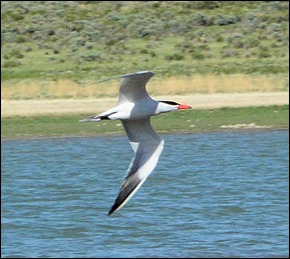
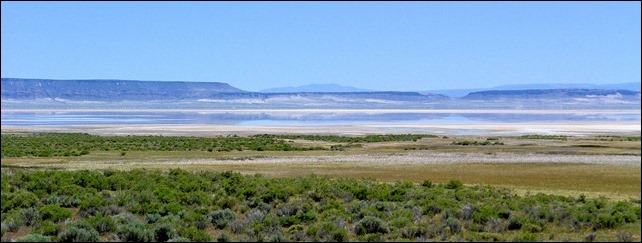

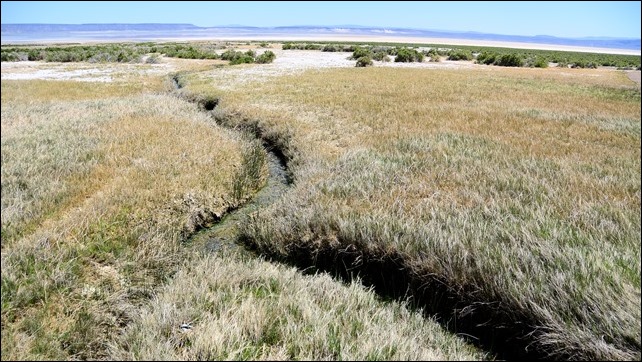
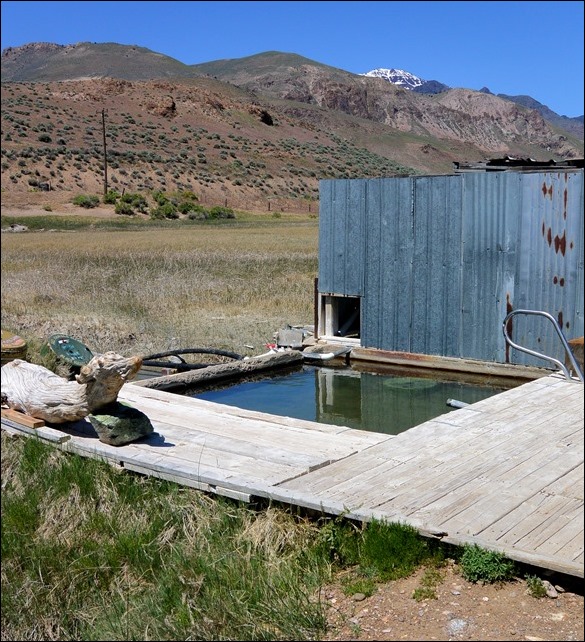
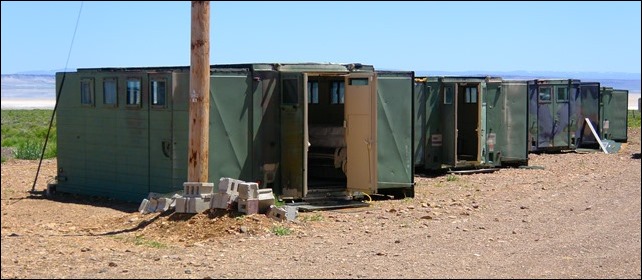
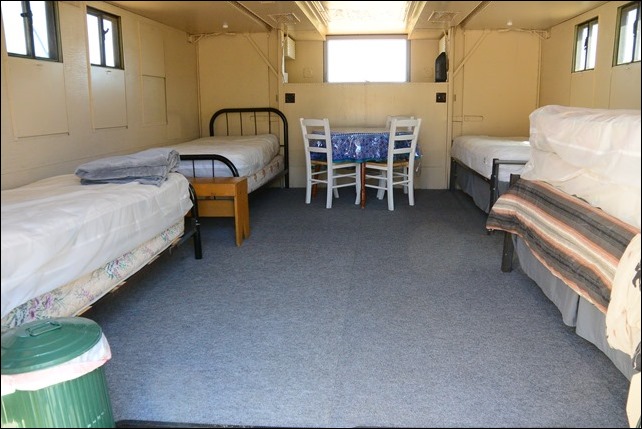
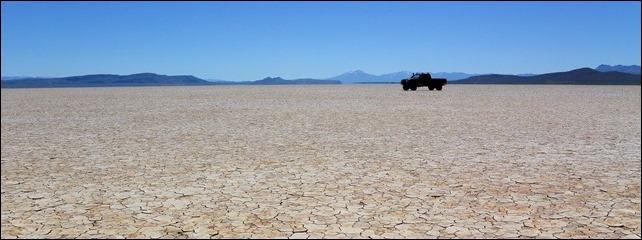
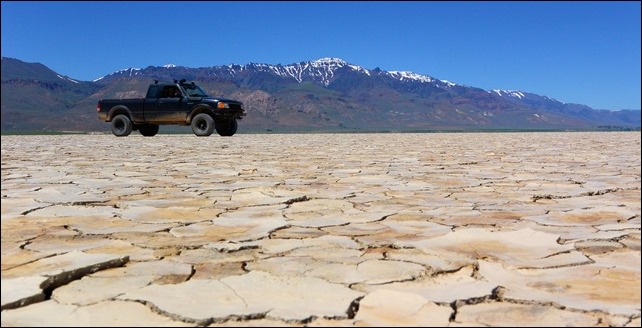
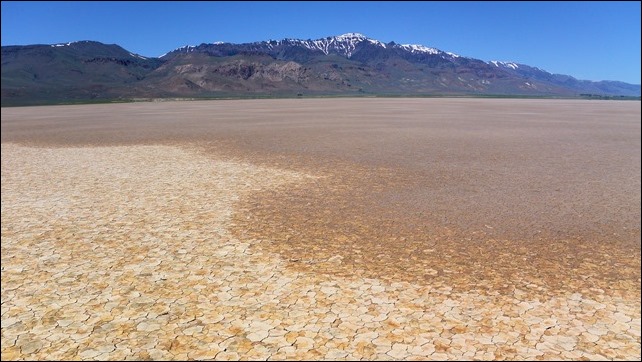
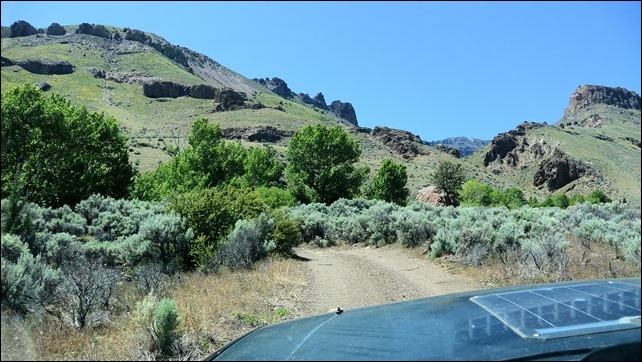
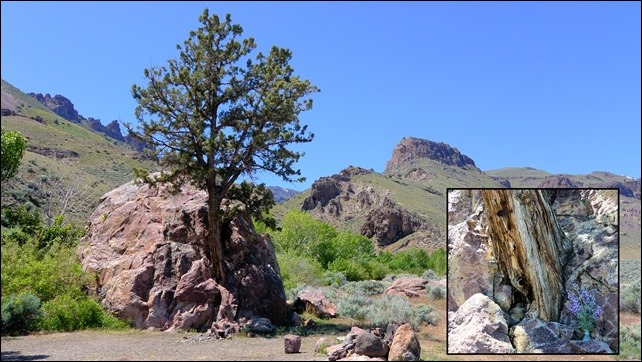
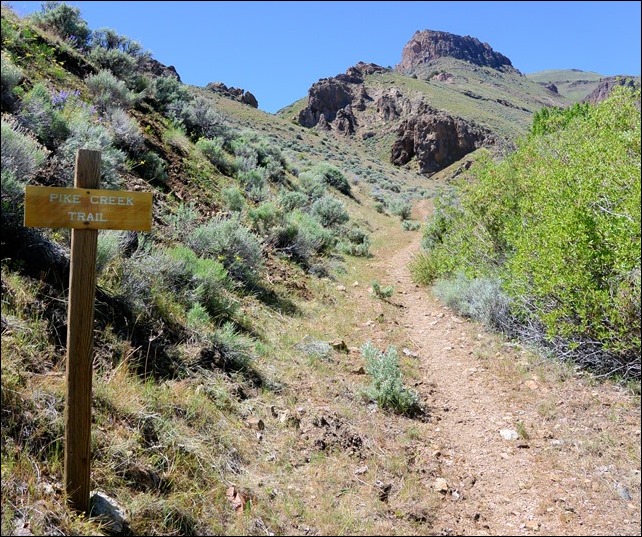
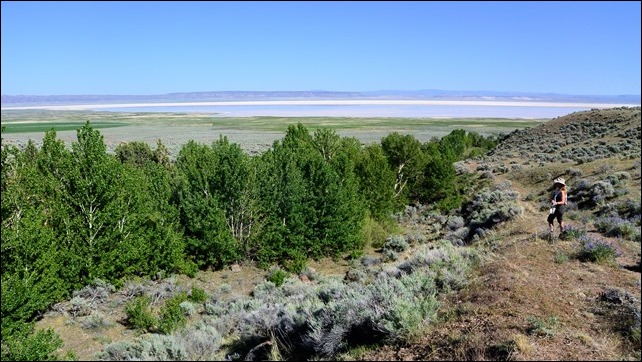
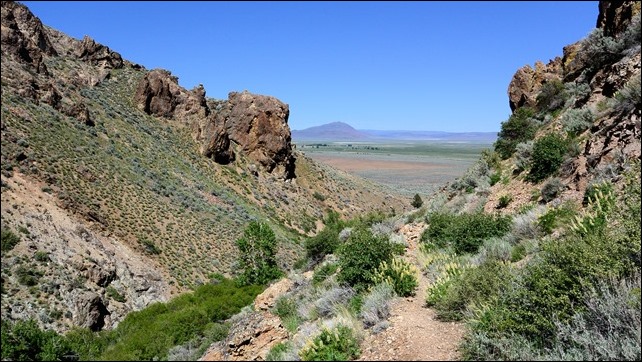
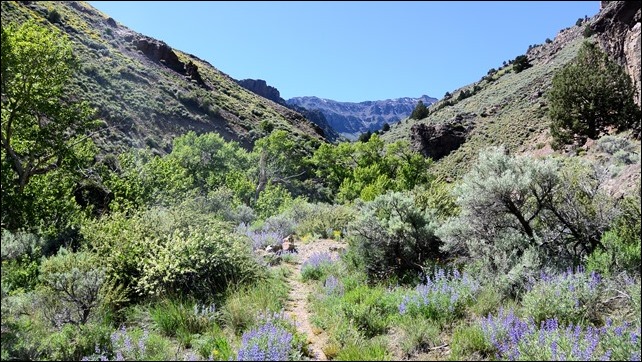
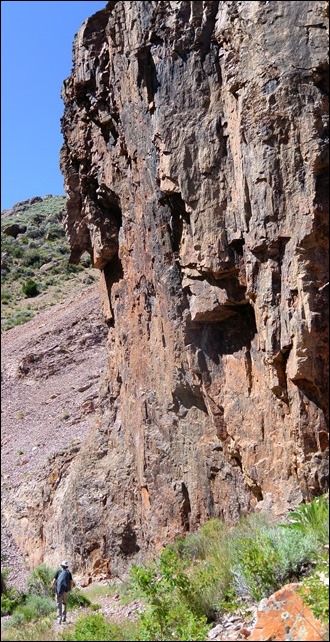
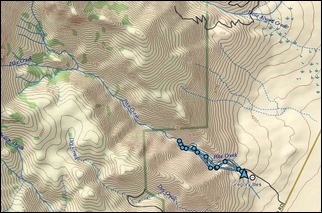
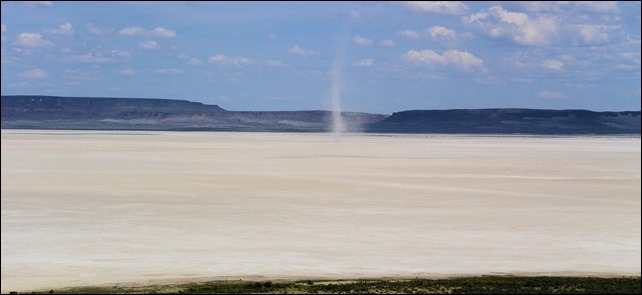
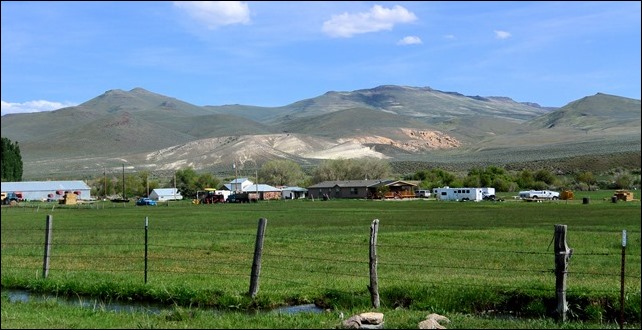
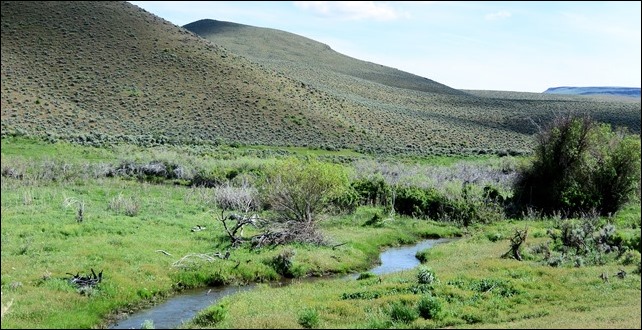
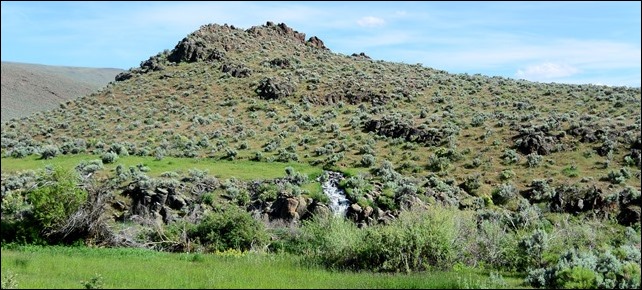
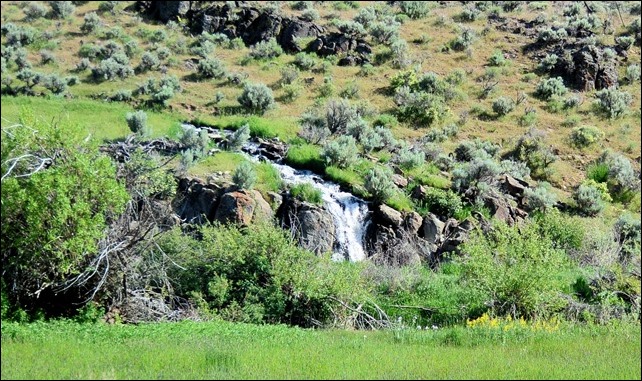
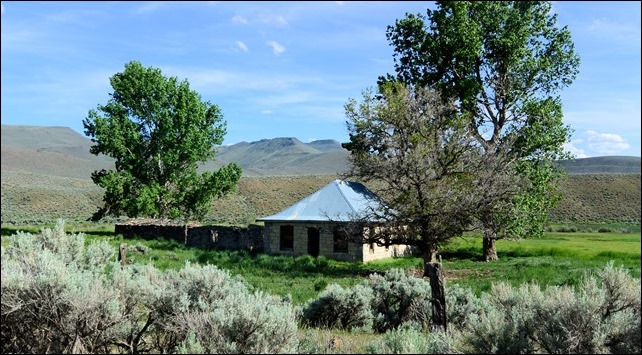
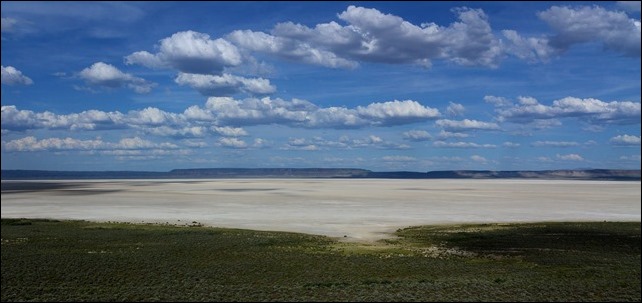
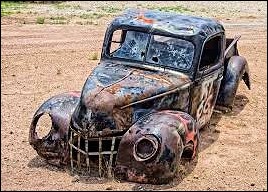
Oh, poor Ralph!! Hope he gets better soon.
Found my missing plug socket this evening and pulled the plug (in gale force winds, dang).
It was totally crudded over with burned-on sludge. No idea why.
Cracked the plug insulator while getting it out (dang again). No spare plug, stupid.
So now I’ve explained the miss, but have not solved the fouling. These engines and plugs don’t just foul, there’s always a reason.
The mystery progresses…..